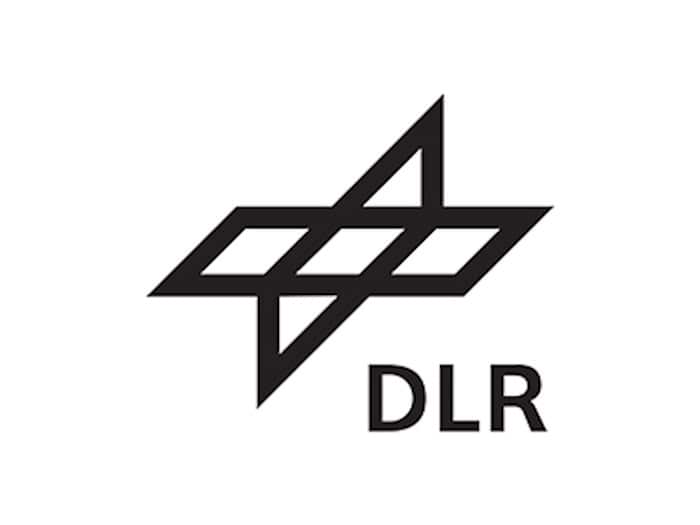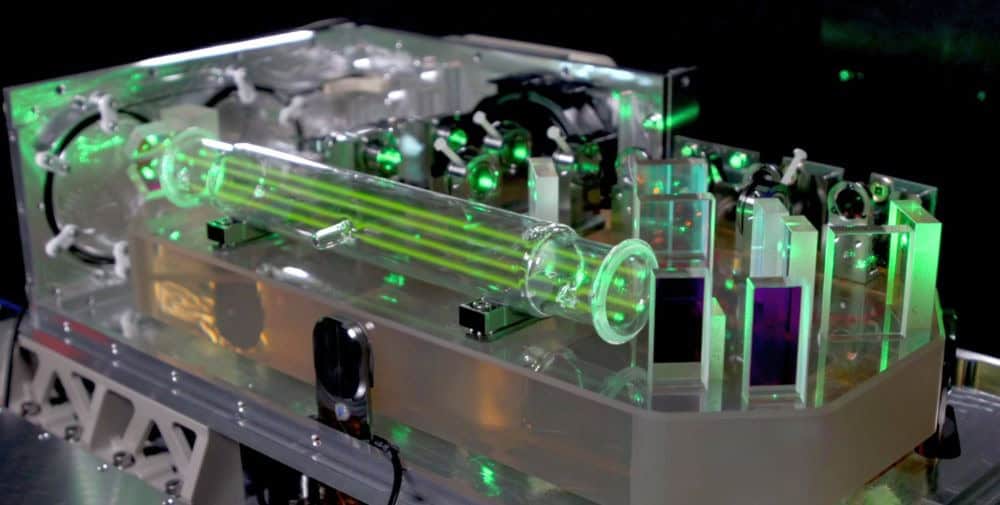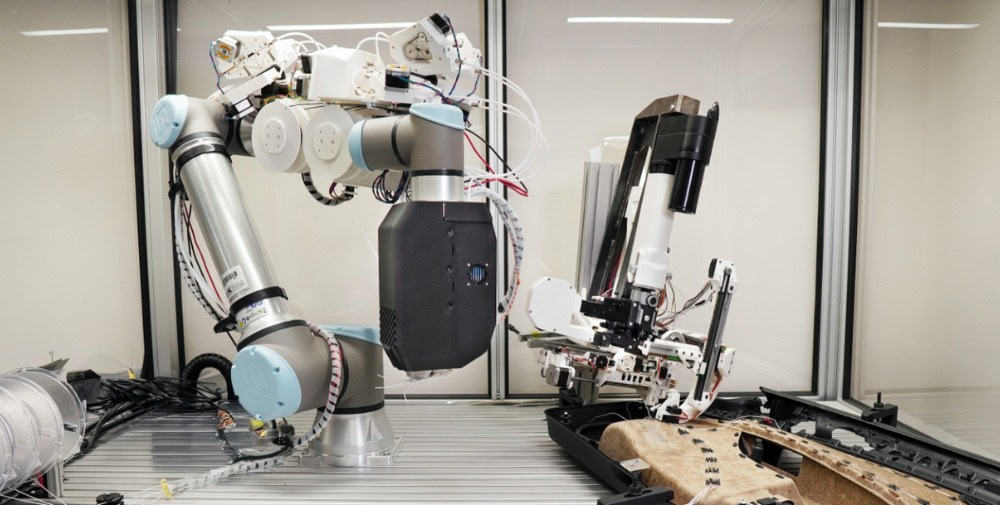
Space-compatible laser clocks are set to contribute to centimetre-precise satellite navigation and provide a global time standard in the future. They promise new ways for more powerful data transfer in global communication, networked mobility, autonomous driving, trade and logistics.
DLR is currently developing and building a space-qualified laser clock as part of the COMPASSO project. From 2027, this will be tested on the International Space Station ISS for the use of optical clocks on satellites.
Time is not the same as time
When asked what time is, Albert Einstein once said: “Time is what you read off the clock.” It depends on the accuracy of the clock. How well satellite navigation, the internet, earth observation or finance work also depends on how accurate the time information required for data transmission is. Satellite clocks provide time signals that can be used, for example, to determine positions on the earth or synchronize communication networks.
In future, space-qualified laser clocks will be able to provide more accurate time information to make satellite services for communication and navigation more efficient and precise. Due to their higher clock frequency, laser-optical clocks are around a hundred times more accurate than current microwave-based satellite clocks.
Laser clock achieves peak value
With its leading expertise in quantum technologies in space travel, DLR has developed the high-precision laser clock as part of the COMPASSO project. “It deviates from universal time by less than 100 picoseconds per day. A picosecond is one millionth of a millionth of a second. This deviation corresponds to one second in 30 million years,” explains Prof. Claus Braxmaier from the DLR Institute of Quantum Technologies in Ulm. “We are thus closing the gap between the accuracy of conventional satellite clocks and the large, heavy high-end atomic clocks that determine our world time in national metrology institutes.”
Quantum physics sets the pace for the laser clock. The wavelength of a laser is tuned to a specific oscillation of iodine molecules in a gas cell. The timing of this oscillation depends only on the quantum mechanical properties of the iodine. With this device-independent reference, the high accuracy of the optical clock can be achieved.
In the clock laboratory of the DLR Institute of Communications and Navigation, DLR researchers have further developed the laser clock to the current accuracy and compared it with another precision clock, a so-called hydrogen maser. This is a type of laser in the microwave range. “By superimposing the time signals from both clocks, we can count the individual beats of the laser clock like a stopwatch. These follow each other at a frequency of 10 megahertz, which is 10 million beats per second,” explains Claus Braxmaier. “This allowed us to determine both the accuracy and precision of our laser watch. The more precise a watch is, the more consistent its rate. The accuracy indicates how far its rate deviates from the target value after a certain time.”
Laser clocks for global accuracy
The aim of the COMPASSO project is to develop key optical technologies for future satellite navigation. “Our vision is to use the high accuracy of laser clocks for globally available time information. This would make it possible to implement a globally uniform, precise time standard,” says Claus Braxmaier.
“New generations of high-precision, space-qualified laser clocks will significantly improve the performance of satellite-based technologies,” explains Dr. Stefan Schlüter from DLR’s Galileo Competence Center. “Important areas include autonomous driving, telecommunications, civil protection and the financial sector.” The accuracy and higher clock frequency of laser-optical clocks should also enable more powerful communication networks with higher data rates.
On the way to the ISS
A space-compatible version of the laser clock is currently being developed at the DLR Institute of Quantum Technologies and is due to be launched to the International Space Station (ISS) in 2027. For use in space, the clock must be particularly light, compact, robust and reliable. In real operation, satellite clocks must run autonomously and trouble-free for at least 15 years.
“We want to test a flight model of our laser clock on the European Bartolomeo platform of the ISS. In this external laboratory, the clock is exposed to typical space conditions. It has to function perfectly in a vacuum, in direct sunlight and in the shadow of the Earth in deep space without direct access,” explains Claus Braxmaier. “The challenge here is to keep the vapor cell with the iodine gas at a constant 20 degrees Celsius – regardless of whether it is in the sun or in the shade. The constant temperature is important for the high accuracy of the clock. We want to show that our laser clock is suitable for the next generations of the European satellite navigation system Galileo.”
The components of the laser clock are still set up on a laboratory table. The next step for the research team is to assemble the clock as compactly as possible so that everything fits into the size of two shoe boxes. The laser system contains particularly temperature-stable and ageing-resistant materials, such as Zerodur glass. A highly stable lightweight construction guarantees that the watch can withstand the vibrations and forces that occur during a rocket launch. Nothing must be allowed to warp in space so that the wavelength of the laser remains constant for a precise time signal. “The components of the laser clock have already successfully passed several endurance tests, for example on sounding rockets or in the drop tower,” says Dr. Thilo Schuldt from the DLR Institute of Quantum Technologies.
Mini laser clocks open up new applications
The clock technology with gas cells as clock generators has another advantage: it can be made even smaller. Laser clocks the size of a smartphone with such accuracy open up completely new applications and economic prospects.
For example, vehicles equipped with mini laser clocks in road traffic or delivery drones in cities could be networked with a shared navigation management system. Such information about traffic flows could increase efficiency and safety. “In combination with acceleration sensors, on-board laser clocks would also make it easy to overcome poor or interrupted satellite reception. The high signal stability of the clock creates the basis for calculating exact position data even under difficult navigation conditions, for example between rows of houses or in tunnels,” explains Dr. Stefan Schlüter. Stefan Schlüter.
– – – – – –
Further links
👉 www.dlr.de
Photo: DLR (CC BY-NC-ND 3.0)




